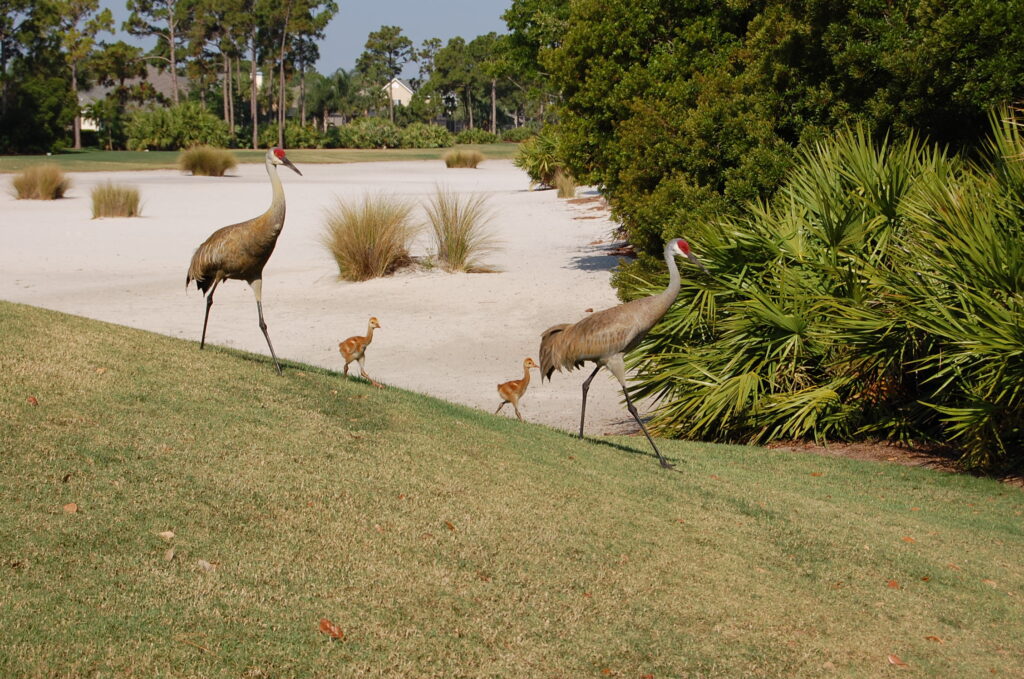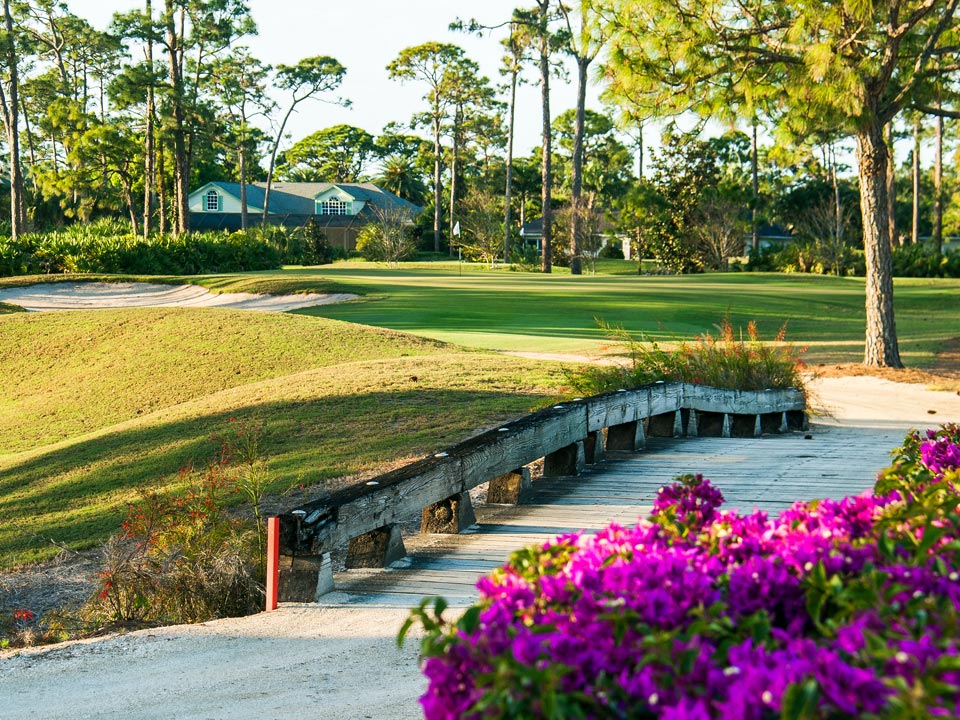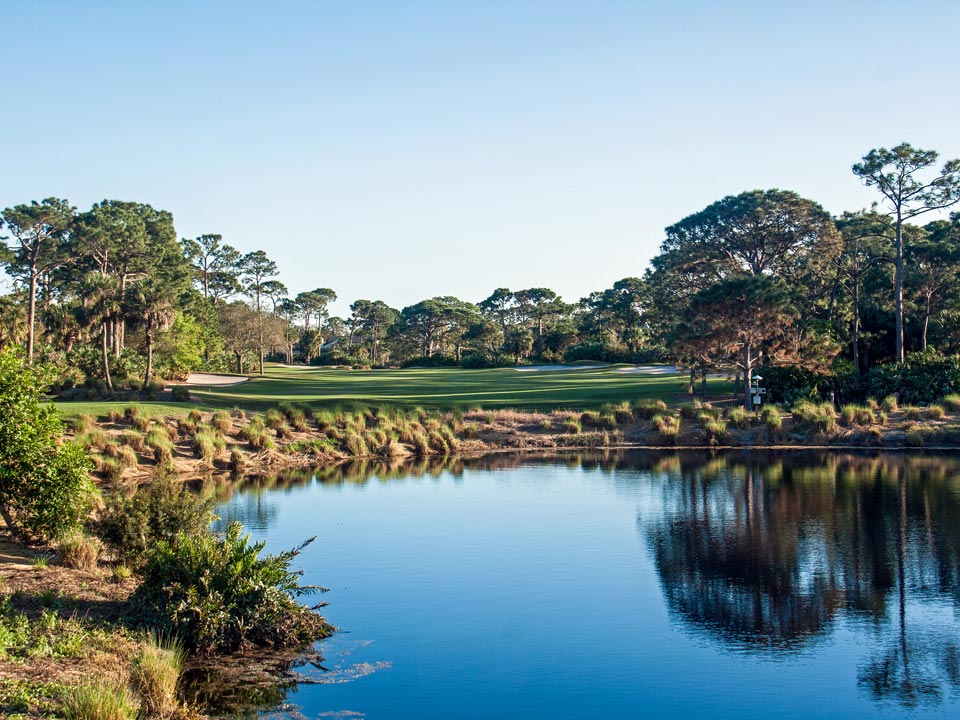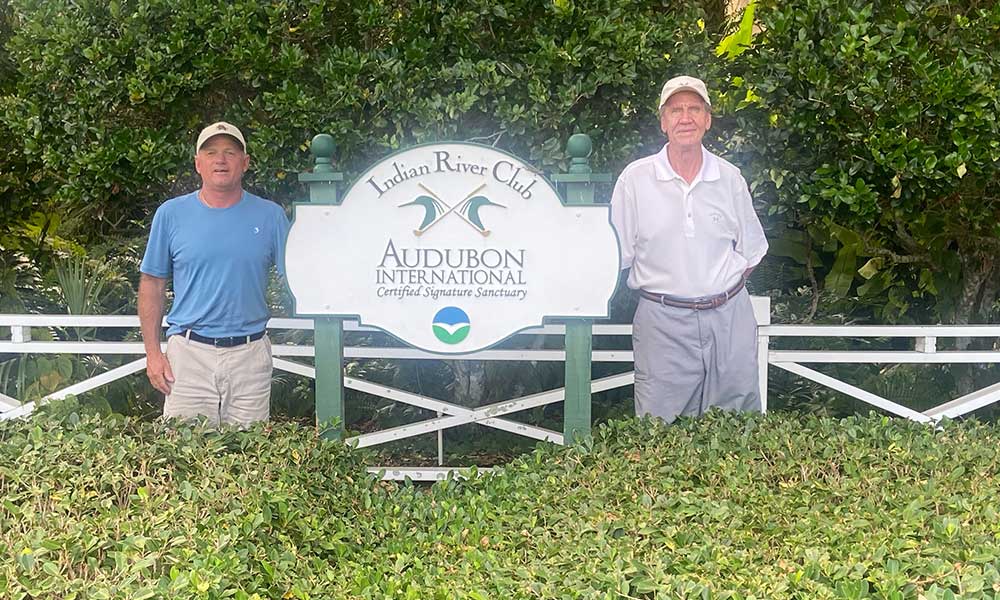1. What motivated Indian River Club to earn Audubon International Signature Sanctuary Certification ?
Being a sustainable golf course was the vision of the developer of our course, Jeff Reynolds, and architect, Ron Garl, from the very beginning, before the first shovel went in the ground. They brought in the Audubon International team and made them a part of the build and design process from the get-go. When the course opened in 1995 it became just the second in the world to earn Audubon International Signature Sanctuary Certification. Second in the world, not the country!
We are extremely proud of that fact and it’s a tribute to Jeff and Ron. To achieve that kind of status, saving the environment isn’t an afterthought, it’s a point of emphasis.
Related: Audubon Cooperative Sanctuary Program for Golf Courses: More Relevant than Ever

2. What does it take to achieve Audubon International Signature Sanctuary Certification and what steps were involved?
Well, first and foremost, there are a ton of native areas on the land that they weren’t able to build on those areas.
Secondly, we have almost a full acre of scrub-jay habitat (a blue and gray bird about the size of a blue jay that is native to Florida). They are an endangered species so they had to preserve the areas they lived in and we still do that today. We leave those areas alone and keep the sand base groomed and trimmed in a six foot area. We’ve had a family here for a long time and they just had a baby. Also, drainage was a big thing as we need to keep everything on property and not let anything go outside.
Basically, the golf course is built around the community, the community wasn’t built around the golf course. That pretty much sums it up.
Related: Jim Pavonetti Superintendent of Fairview Country Club

3. What are some of the biggest expense items to remain certified?
That can vary. It all depends on what project you are working on that year. For instance, one recent project that was expensive was putting in a monarch butterfly habitat area on the course. Some of the water testing can be pricey, as well. If you are looking for a certain chemical it can be costly, depending on the situation.
4. What were / are the most challenging aspects of being certified and maintaining the standards required to achieve and retain that status?
We just had a re-certification site visit from Audubon International in June and I would say the most challenging aspects are the littoral shelves around the lakes that help filter out and absorb the minerals and nutrients before it runs off. We plant them there for a reason, but they look like weeds and sometimes we get some pushback from the golfers because they think they are weeds. So, yes, lake beatification and aquatic planting can be a challenge when you have to explain why they are planted in specific places to the golfers.
Related: GCT talks to Dennis Kitzelman Superintendent of Fremont Golf Club

5. What specific benefits are you reaping from being a Certified Member?
Members ask me that all of the time. It’s a question I hear quite a bit and my answer is basically that we are doing what’s right for the environment, we’re saving the course money and we’re providing the golfers a chance to see wildlife in their natural habitat every time they play the course. To a point, this answer is usually satisfactory. I would say 70% of the membership really gets it and the other 30% really don’t care about anything other than playing golf, and that’s fine.
6. What would you share with other superintendents and course managers who are considering joining the Audubon International ACSP program?
I would tell them it’s a great program and to get on the ball, take the time and get it done. Yes, it can be a lot of work, but it’s time and effort that is well worth it. I can’t emphasize that enough. I mean, in life, nothing with a reward comes easy. So the effort is definitely worth it and, like I said, we’re very proud of that certification.
Related: Chris Young, Superintendent Gaylord Springs Golf Links

7. What is the best guidance or tip(s) you have received pertaining to being a superintendent and overseeing the golf course agronomy/maintenance department? (And from whom?)
When I worked on Hilton Head Island in South Carolina at The Golf Club at Indigo Run, the superintendent was Don Parcel and he always told me that he once knew a guy who lost all of his greens because he “thought it was going to rain.” That’s something I always think about when I’m looking up at those storm clouds and wonder if it’s going to rain and if we should water the greens. I’ve been in the business now for 30 years and I’ll never forget when Don said that to me.





















